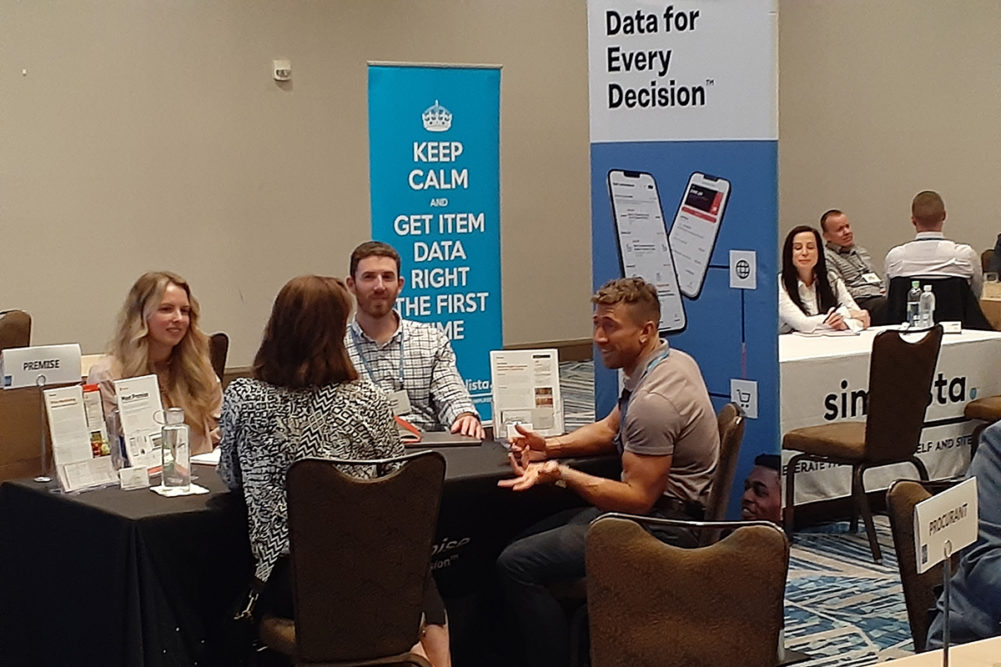There was a sentiment that popped up repeatedly at Arlington, Va.-based FMI – The Food Industry Association’s annual Midwinter Executive Conference Jan. 20-23 in Orlando, which enjoyed record attendance this year.
“Technology in the food industry has changed more in the past three years than in the thirty years prior.”
FMI’s vice president for industry relations, Doug Baker, kicked off the conference’s first educational session, on artificial intelligence, on a similar note.
“We are in the midst of a revolution, not an evolution.”
Throughout the conference, attendees heard and talked about new and revamped technologies that promise to help make their labor, supply chain, inventory management, waste and other problems more manageable.
“Inflation, supply chain, sustainability, demographic changes — they all can be addressed through technology,” said Stephen Midgely, vice president of marketing for Toronto-based Invafresh. “Retailers need to take a digital-first approach, to think of themselves as a tech company that sells food.”
In the opening AI session, Paul Tepfenhart, director of grocery retail at Google Cloud, discussed how AI and machine learning can improve the accuracy of the numerous predictions retailers have to make every day to keep their businesses profitable by incorporating a wider range of signals and finding patterns that often humans can’t.
“AI is transforming retail today and early adopters are winning,” Tepfenhart said.
A few of the benefits Tepfenhart shared include:
- Helping shoppers with product discovery
- Researching products online
- Personalization
- Helping shoppers communicate with businesses
- Ensuring the right products are in stock and available in the right places at the right time.
- Ensuring employees are accomplishing the right tasks at the right time at scale
In another session, Dave Steck, vice president of IT infrastructure and application development for St. Louis-based Schnuck Markets, discussed his company’s partnership with Simbe Robotics, which places robots in the aisles of Schnuck markets to check inventory.
Steck said the eureka moment that convinced Schnucks it needed a better way of managing inventory was when he and others realized that when humans were logging out-of-stocks, they were only taking into consideration the items that they knew they didn’t have in the back room.
That was just a fraction of the total number of outs, which was confirmed when the Simbe robots started “walking the aisles” (The Schnucks robots, named Tally, scans stores three times daily).
“The robots find 11 times more out-of-stocks than humans,” Steck said.
Schnucks was aware at the outset of the project that a common fear was that robots would take human jobs. That hasn’t been the case, Steck said.
“It’s actually making jobs better. And customers love seeing it, especially kids — maybe a little too much.”
The store manager of one of the retailer’s most successful stores, in Cape Girardeau, Mo., was skeptical about the benefits of having a robot roaming the aisles and resisted efforts to give it a try.
Finally he did, however, and now, Steck said, the manager calls it “the best piece of technology that’s ever been placed in a store since I’ve been with the company.”
“I’m surprised more grocers haven’t embraced this technology,” Steck said.

